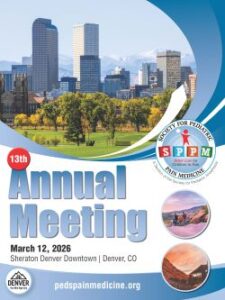Question of the Month – November 2025
A 15-year-old, 50 kg female with a right upper lobe mass presents for lobectomy via open thoracotomy. She has a history of anxiety and depression. As part of a multimodal analgesic regimen, her anesthesiologist plans to perform an ultrasound guided erector spinae plane block. Which of the following complications is most likely?
Question of the Month – October 2025
A 10-year-old girl (33 kg) undergoes left upper-arm fracture fixation under general endotracheal anesthesia. Sixty minutes after placement of a supraclavicular block, she develops acute hypotension (BP 65/40 mm Hg), tachycardia (HR 145 bpm), frequent Premature ventricular contractions (PVCs), and desaturation (SpO₂ 82%). At this time, reduced movement of the left hemithorax is visible. What is the most critical immediate next step?
Question of the Month – September 2025
A 7-year-old girl, born with microtia (grade III), undergoes an external ear reconstructive surgery. The cartilage for the reconstruction is harvested from 5th to 7th costal cartilages of the right side. Her past medical history is significant for developmental delay and moderate obstructive sleep apnea. For intraoperative pain management, IV ibuprofen and acetaminophen is used. After an uneventful intraoperative period, the patient is transferred to the postoperative area. Two hours later, she begins to experience significant pain over the donor site. She is crying inconsolably and is unable to move. The pain is worsened with deep inspiration. The family has a history of substance use disorder and is very concerned about the use of opioids. Which of the following is most likely the best approach for managing pain in this child?
Question of the Month – August 2025
A 16-year-old patient presents with a history of severe pain in her R leg that persists several months after twisting her ankle during basketball. She reports pain in her right foot without allodynia, hyperalgesia, temperature or skin changes, but with significant swelling and motor impairment. She is walking with a crutch as she is unable to weight-bear on her right leg. She is seen by the multidisciplinary pain clinic and undergoes a unilateral lumbar sympathetic block under general anesthesia. After receiving the block and waking up from anesthesia, her pain is resolved, but now she states that she can’t feel or move either of her legs. She gets an MRI, is evaluated by neurology, and is diagnosed with Functional Neurological Symptom Disorder. What is the definition of FNSD and how might you describe it to a patient?
- 1
- 2
- 3
- …
- 17
- Next Page »
 SPPM 13th Annual Meeting
SPPM 13th Annual Meeting